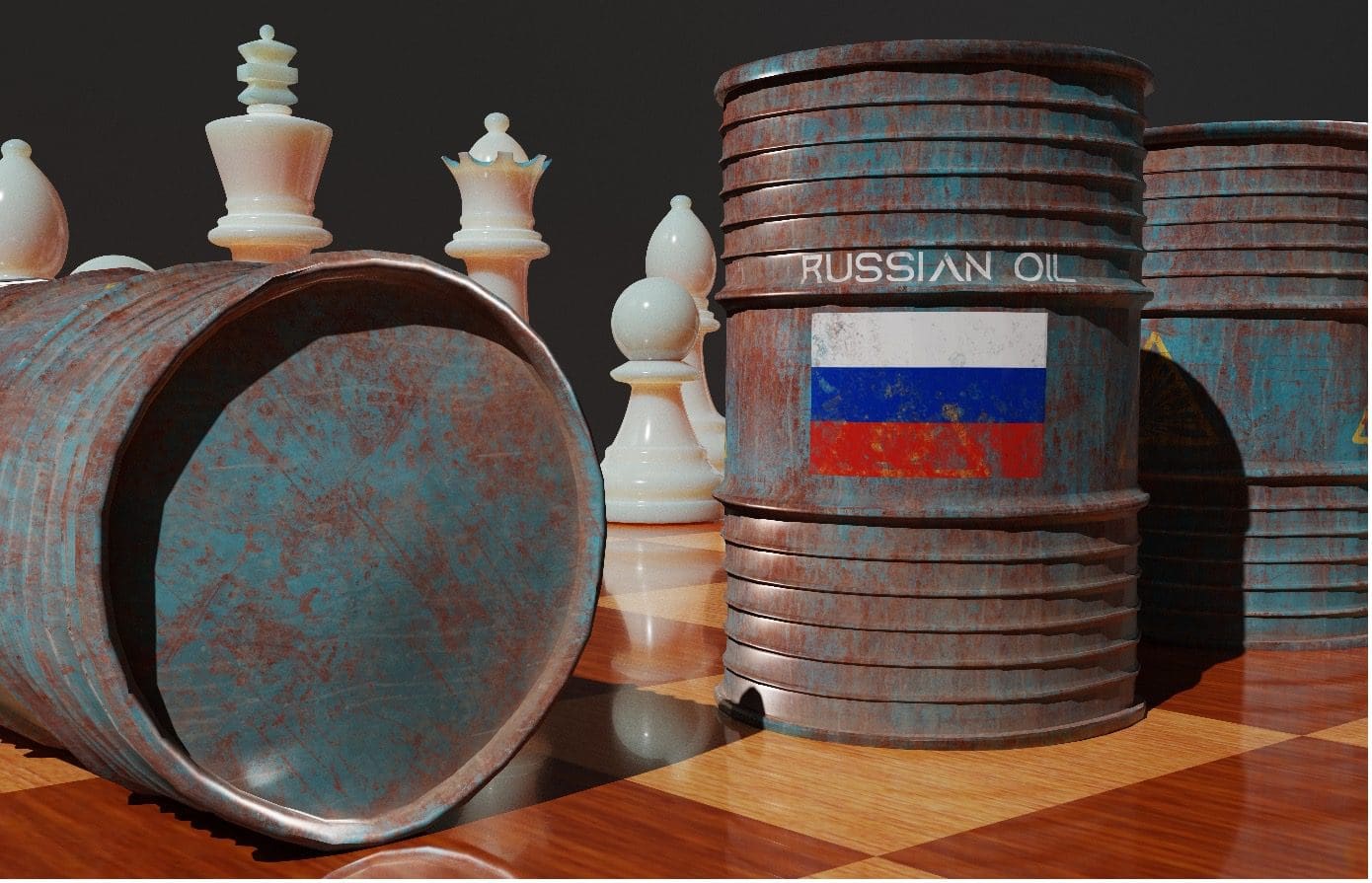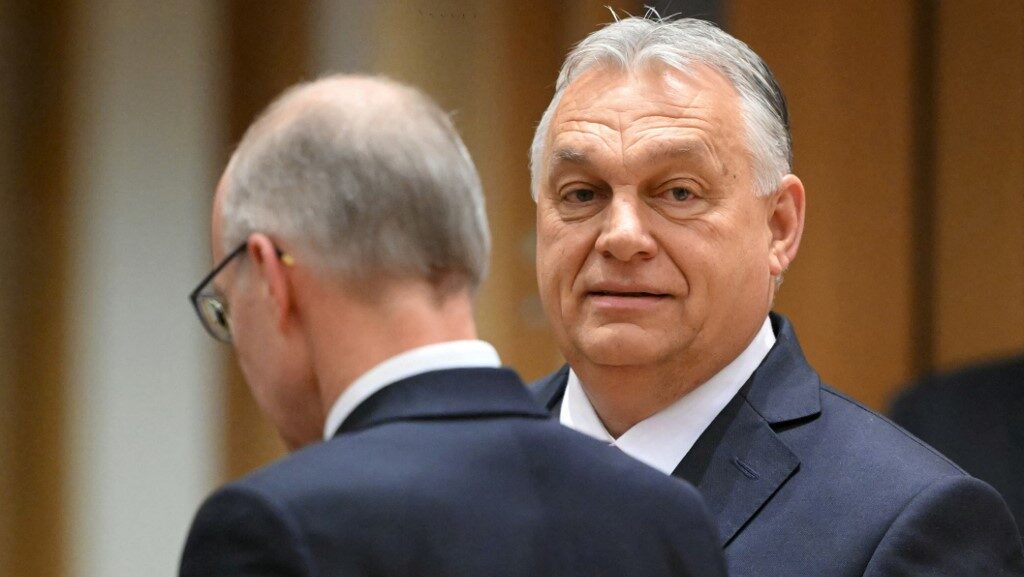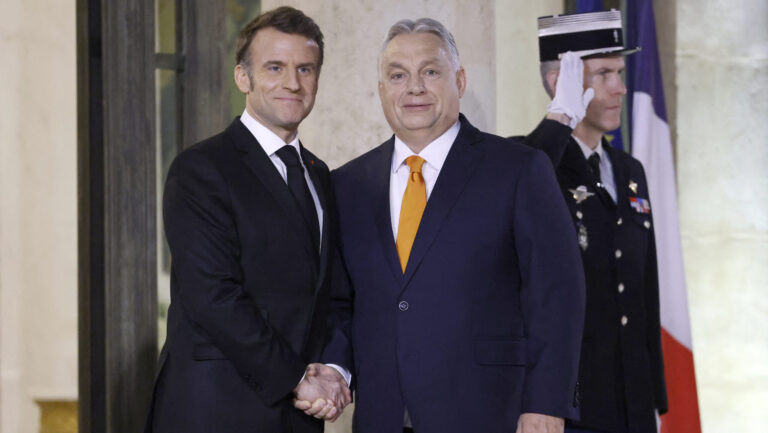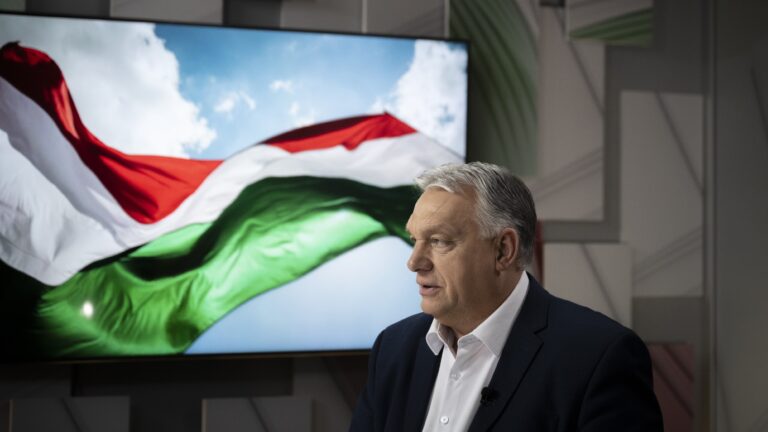The European Union seeks to end all Russian energy imports by 2027, cutting Russian energy dependency by two-thirds by the end of this year.[1] However, it is easier said than done – in 2021, 40 per cent of EU energy consumption came from Russia.[2] Prime Minister Viktor Orbán said that sanctioning energy purchases is a red line for Hungary. Hungary receives 30 per cent of its energy from Russian gas, therefore, cutting these supplies would be a disproportionate burden for the Hungarian economy,[3] the government argues. Hungary is not alone with its wariness to end Russian energy imports – although Germany has finally stopped the Nord Stream 2 project, Chancellor Olaf Scholz is still not amused by the idea of completely abandoning Russian energy imports. He said that while they are working on diversifying energy resources, dependency on Russia cannot be undone ‘overnight.’[4] The cautious approach of the Chancellor was shared across the political spectrum in Germany – even the green Foreign Minister Annalena Baerbock supported the proposition to keep energy imports from Russia running.
While Brussels hopes that breaking free from Russian energy will encourage a green turn in Europe, the chances of a green transition in Central Europe are in fact very low. Even though Frans Timmermans said that it would be ‘stupid’[5]in the long run to go back to coal to balance dependency on Russian energy, the reality is that much of Central Europe’s energy is still sourced from coal. In 2020, 43 per cent of Czechia’s energy was generated from coal; in the same year, 80 per cent of Poland’s energy came from fossil fuels of which 72 per cent from coal.[6] Considering that since the invasion coal prices skyrocketed from $186 per metric ton on 23 February to $462 on March 10, Central European economies might be hit very hard by rising prices.[7] It follows therefore that cutting back on both Russian energy and coal is an unattainable goal for Central Europe.
Besides Europe’s troubles with Russian energy, energy politics related developments should not be overlooked in Ukraine either. Currently, the Black Sea is used for transferring energy through pipelines, however, there are sources which suggest that the Black Sea itself is rich of energy resources. According to some rough estimates the Ukrainian shelf may contain more than two trillion cubic meters of gas[8] – others estimated reserves to be around 92 billion cubic meters (bcm) to over 500 bcm[9]. One of the reasons why the exact number is unknown, is because much of Ukraine’s shelf went under Russian control after 2014. According to Forbes, Ukraine lost 80% of its oil and gas deposits when Crimea was occupied[10]. However, even despite the ongoing war, Ukraine did manage to increase its energy exports from Yuzhny from 0.7 million metric tons to 1.5 metric tons by 2020.
In 2013 an agreement between Shell and Ukraine was reached to start production from the Yuzivska gas field, but later the plan was abandoned due to the war
Besides the Black Sea shores, Eastern Ukraine is also an energy rich area. The Yuzivska gas field in Ukraine was discovered in 2010, and it was predicted to be the third largest deposits in Europe[11] (with 2 trillion cubic metres[12]). However, as this field is in the Donbas region, production here proven to be rather tricky. According to an IEA study “the Dnieper-Donetsk region accounts for 80% of proven reserves (of Ukrainian hydrocarbons) and approximately 90% of gas production[13]”. In 2013 an agreement between Shell and Ukraine was reached (the $10 billion deal could have been the largest ever FDI investment into the country) to start production from the Yuzivska gas field, but later the plan was abandoned due to the war[14].
If there was no war, Ukrainian energy reserves could have been used not only for domestic purposes but to decrease Europe’s dependency on Russian gas too by substituting it with Ukrainian energy – especially because pipelines through Ukraine to Europe are well developed so transferring energy from Ukraine to the EU is easy. There is a reading of current events, which says that Russia’s move in 2014 and 2022 could be linked to the discovery of energy reserves in Eastern Ukraine and in the Black Sea. Both the reserves in Donbas and the Black Sea regions are now mostly under Russian command. That is, Russia prevented Ukraine from becoming an energy exporter to Europe, and by the same token, also decreased the possibility of Europe becoming free of Russian energy. Furthermore, Russia also managed to take over potentially huge new sources of energy.
[1] Aitor Hernández-Morales, Zosia Wanat and Karl Mathiesen, ‘EU leaders fail to set a date to end energy dependence on Russia,’ politico.eu, (11 March 2022), https://www.politico.eu/article/eu-agree-end-russia-energy-dependence-no-date/, accessed 18 March 2022.
[2] Karl Mathiesen, ‘EU aims to slash Russian gas dependence by two-thirds this year,’ politico.eu, (8 March 2022), https://www.politico.eu/article/eu-slash-russia-gas-dependence-timmermans-iea/, accessed 18 March 2022.
[3] Hungary Today, ‘PM Orbán: Sanctions on Russia Must Not Cover Oil and Gas Imports,’ hungarytoday.hu, (8 March 2022), https://hungarytoday.hu/orban-russia-sanctions-gas-oil-v4-johnson-meeting-talks/, accessed 18 March 2022.
[4] Hans von der Burchard and Merlin Sugue, ‘Germany sticks with Putin for its oil and gas,’ politico.eu, (7 March 2022), https://www.politico.eu/article/germany-putin-oil-gas/, accessed 18 March 2022.
[5] Karl Mathiesen, ’EU aims to slash Russian gas dependence by two-thirds this year’, Politico, (2022), https://www.politico.eu/article/eu-slash-russia-gas-dependence-timmermans-iea/, accessed 18 March 2022.
[6] William Nattrass, ‘Opinion: The E.U. might want to cut off Russian energy, but fuel-dependent Poland, Hungary and others have other plans,’washingtonpost.com, (14 March 2022), https://www.washingtonpost.com/opinions/2022/03/14/eu-russia-energy-ukraine-sanctions-hungary-orban-poland-fossil-fuels/, accessed 18 March 2022.
[7] Aurora Almendral, ‘Coal prices spike as Europe searches for alternatives to Russian energy,’ qz.com, (15 March 2022), https://qz.com/2141375/the-price-of-coal-has-doubled-since-russias-invasion-of-ukraine/, accessed 18 March 2022.
[8] Aura Sabadus, ‘Why the Black Sea could emerge as the world’s next great energy battleground,’ atlanticcouncil.com, (30 March 2021), https://www.atlanticcouncil.org/blogs/ukrainealert/why-the-black-sea-could-emerge-as-the-worlds-next-great-energy-battleground/, accessed 18 March 2022.
[9] Ariel Cohen, ‘As Russia Closes In On Crimea’s Energy Resources, What Is Next For Ukraine?’, Forbes, (28 February 2019), https://www.forbes.com/sites/arielcohen/2019/02/28/as-russia-closes-in-on-crimeas-energy-resources-what-is-next-for-ukraine/?sh=1f0931129cd9, accessed 18 March 2022.
[10] Cohen, 2019.
[11] Robert Coalson, ‘Kyiv Turns To ‘Unconventional’ Natural Gas To Wean Itself From Gazprom,’ rferl.org, (23 January 2013), https://www.rferl.org/a/ukraine-fracking-shale-gas-russia/24881720.html, accessed 18 March 2022.
[12] Reuters, ‘Ukraine picks Shell, Chevron to develop shale gas fields,’ reuters.com, (11 May 2012), https://www.reuters.com/article/shell-chevron-ukraine-idUSL5E8GBAE020120511, accessed 18 March 2022.
[13] ’Report extract – Energy security’, IEA, (2021), https://www.iea.org/reports/ukraine-energy-profile/energy-security, accessed 18 March 2022.
[14] Richard Balmforth and Dmitry Zhdannikov, ’UPDATE 1-Ukraine signs landmark $10 bln shale gas deal with Shell’, Reuters, (2013), https://www.reuters.com/article/shale-ukraine-idUSL6N0ATER320130124, accessed 18 March 2022.








